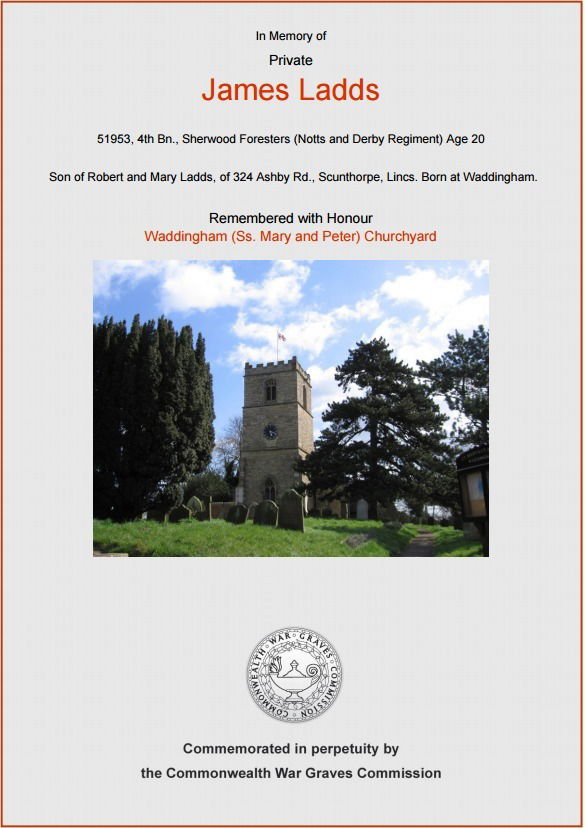James Ladds

FAMILY LIFE
James and George were both born in Waddingham. George on the 23rd November 1893 and James on the 21st August 1896. His parents were Robert and Mary and the photo below shows them with their four children in front of their house. The photo shows Robert and Mary seated, James on the right with his older brother George and the younger children, Sarah and baby Francis.

This photo along with most of the family history material in this booklet has been preserved by Brenda Whittingham and her husband Clarence. Brenda is their niece and is in possession of many family heirlooms as well as documents and photos.

This extract from the 1901 census shows James and George living with their parents Robert and Mary together with younger sister Sarah and their grandmother Sarah Major. In 1911 the family is still living in the same house in Waddingham but as we can see from the extract below George has left home. The census for the same year shows that he had found work as a waggoner on a farm with a farmer called George Page but was still living in the parish of Waddingham.
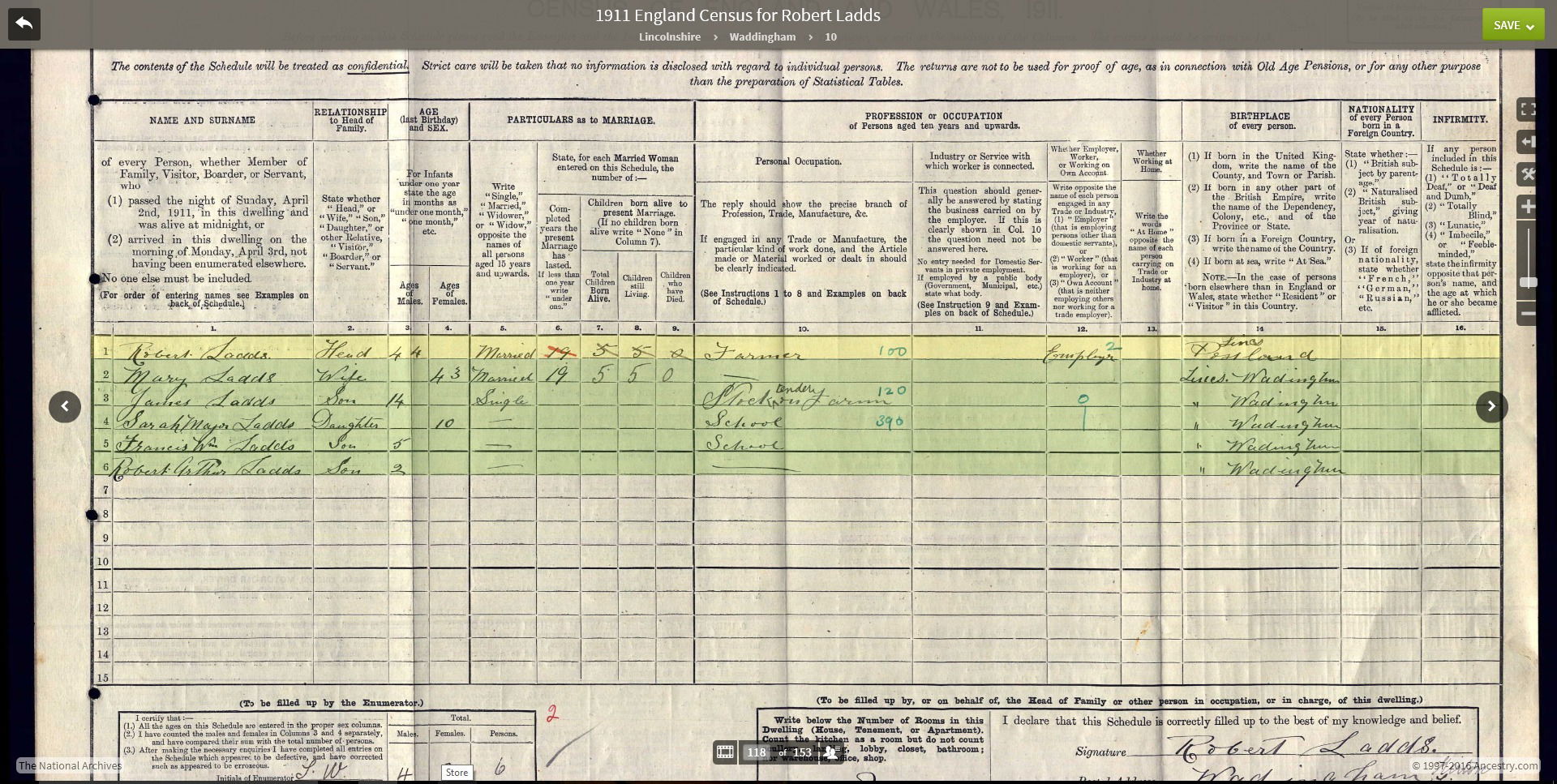
The photo below shows the Ladds family, a little older now (see how young Francis is now standing) but clearly in front of the same house at Waddingham.
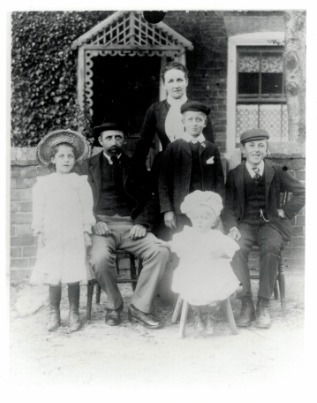
In 1914 the family moved away from Waddingham and we find them living at Beech Tree Villas on what is now known as Ashby Road but was then called Brumby Road. Beech Tree Villas, a pair of semi-detached houses at numbers 324 and326 must have been new housing then and probably represented a step up in the world for them. The house is still there and from the exterior at least, appears to have changed very little apart from the natural wear and tear of time.
We do not know for certain that the Ladds family were members of the congregation at Ashby Wesley but as George was working in Waddingham and obviously not attending the Sunday School the fact that both boys are commemorated on one of the windows seems to indicate that they were.
Robert and Mary may not have been the first parents in Ashby to suffer the loss of two sons in the war, but they were the first, and sadly not the last, associated with the church.
After the war the family moved to various locations around the area and finally settled in Yaddlethorpe.
JAMES’ MILITARY SERVICE
We can never be certain of the date that James enlisted but we do know that his older brother George joined up on February 17 1916. His attestation papers survived and we know that was assigned to the 3rd Staffordshire Regiment. James, on the other hand, was enlisted in the Sherwood Foresters (Notts and Derby Regiment).
This photo of the two young men in their uniform with James standing at least indicates that their time as soldiers overlapped and as James’ period of service as a soldier was short lived it is quite possible that they enlisted together.
The photo itself was probably taken at the studio of Francis Bowen in Scunthorpe and is typical of so many that were have pride of place on the mantlepiece of so many homes.
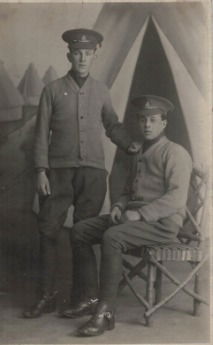
We can imagine all sorts of stories to surround these heirlooms but if the photo was taken while the brothers were home on leave it would explain their lack of full uniform. However that may be we do know that on his last leave and his last time spent at home James arrived at Scunthorpe station to embark on his journey back to his training camp only to find that his train was delayed by an hour. James promptly ran all the way back to Beech Tree Villas to give his mum one last hug before he set off for Sunderland.
HYLTON CASTLE TRAINING CAMP AT SUNDERLAND
The North Midlands Division of the army, which was made up of the Notts and Derby regiment and included the infantry brigade of the Sherwood Foresters established their training camp at Hylton Castle near Sunderland.
The castle itself has a very long history and the building and the park which surrounds it still exist today.
It seems a long way away from their home area but was probably chosen to prevent men from going AWOL or absconding for a few days because they were home sick. It was also not easy to find large enough areas of parkland that were readily available. So for one reason or another James found himself on Wearside.
We know from historical records that in the early days at least living conditions in the camps were not very good. There were not enough huts to accommodate all the soldiers and many had to sleep in makeshift tents. There is one instance of recruits going on strike because of the cold. But they seem to have made their point and were accommodated in billets in the nearby villages.
Most of the officers in charge of training were retired from the regular army and many were in their late 50’s or 60’s. There are lots of stories relating to this, such as the sudden death from a heart attack of a 65 year old retired colonel who collapsed while shouting orders to his men from his chair on the training ground. As well as these tales we have eyewitness accounts from the diaries of the recruits themselves.
So in many respects it is not too hard to understand how the circumstances that led to James’ death could have arisen. The Star of 2nd September 1916 carried the following brief report under the heading “ASHBY”:-
FOR KING AND COUNTRY
We regret to say news has been received that Private Ladds, son of Mrs. Ladds of Beech Tree Villas, Brumby Road, has been accidentally killed while training in Sunderland. Through some unknown circumstances someone had been supplied with ball cartridge instead of blank, and during rifle practice Private Ladds was shot in the body. He died shortly afterwards. The funeral took place at Waddingham. Much sympathy is expressed to his parents in their sorrow.
The fact James was not killed in combat while on active service did not mean that he or his family would be treated differently from any other. His grave in Waddingham church yard is marked by the headstone provided by the Commonwealth War Graves Commission and is exactly the same as those we can see in the cemeteries in France and Belgium along the Western Front.
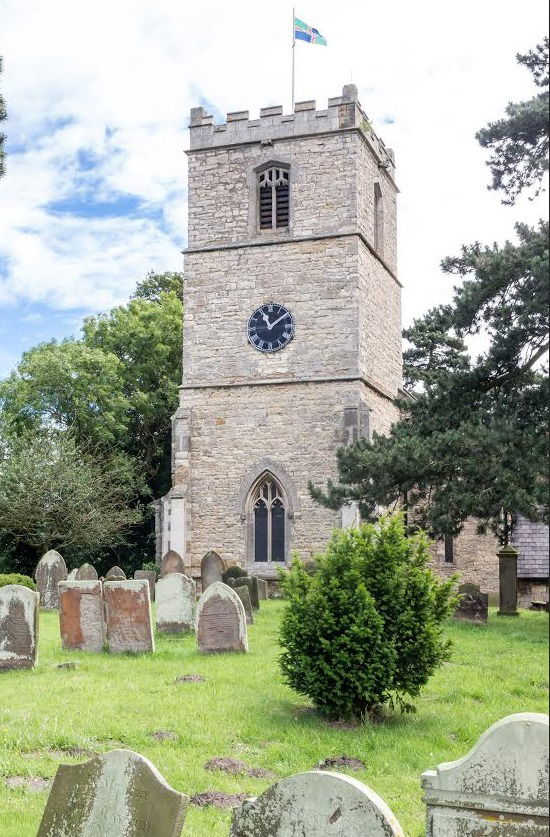
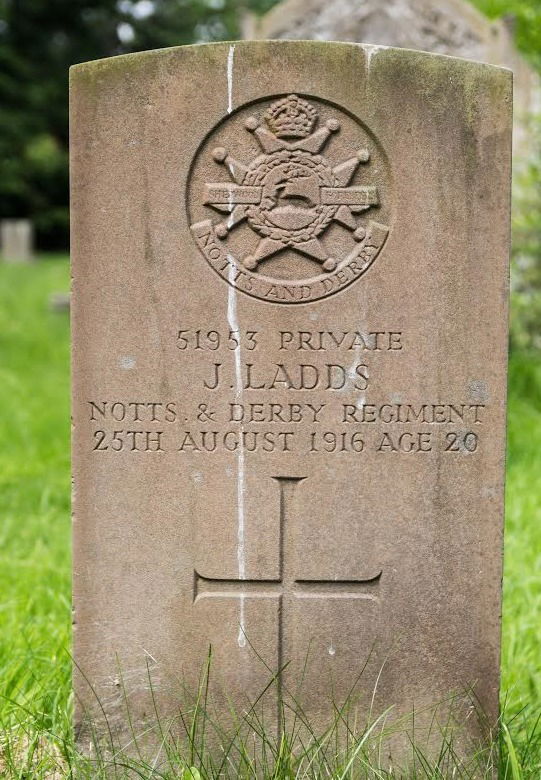
This is a copy of the scroll off honour which each family of a deceased soldier received along with what became known as the “dead man’s penny”; a bronze plaque bearing the soldiers name.
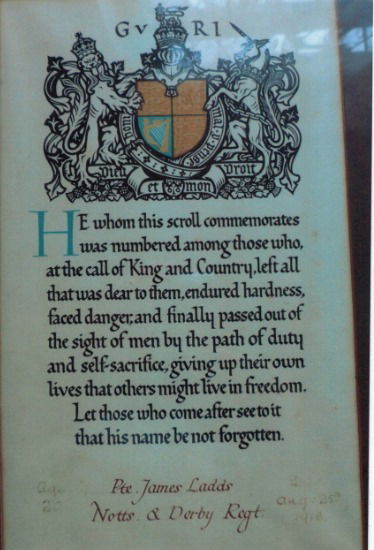

The inscription on the medallion reads :- He died for freedom and honour”.
